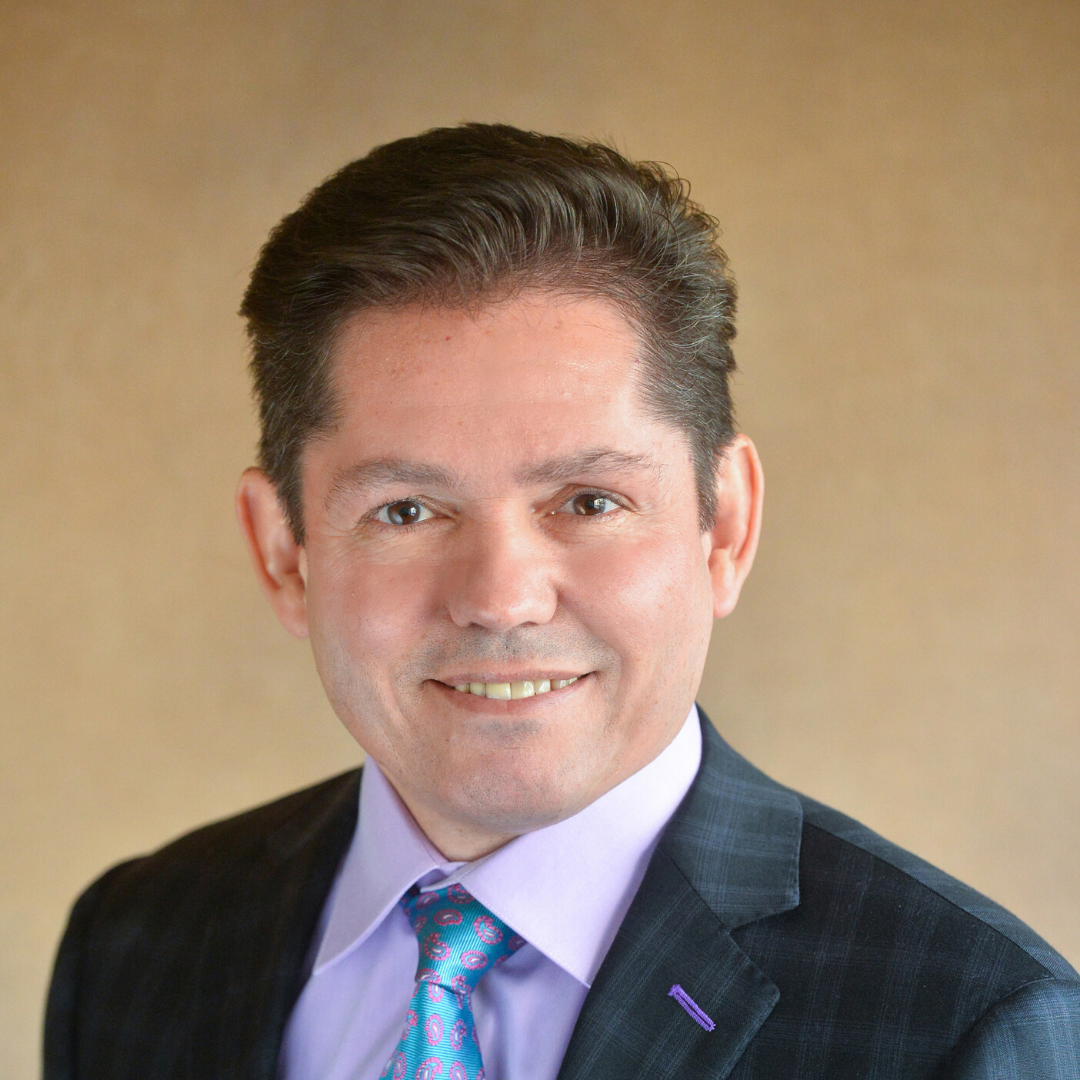
Estate planning is one of the most important steps you can take to ensure the security and financial well-being of your loved ones. One of the main purposes of estate planning is to designate the people who will receive your property at your death and ensure an orderly distribution of your estate while avoiding the costly court proceeding called “probate”—the time-consuming judicial process by which a deceased person’s final affairs are settled and their property is distributed.
“The most common estate planning tool used for avoiding probate is the living trust“, Paul Velasco, Founder of Velasco Law Group
A living trust is a will substitute. It is a written declaration or agreement that contains detailed instructions for how one’s property is to be managed by the trustee during the creator’s lifetime and then distributed upon his or her death. The trustee is the individual appointed by the trust agreement to have control over the trust property to manage, invest and distribute the property for the benefit of the beneficiaries.
If Mary Smith creates a trust for herself (i.e., the Mary Smith Trust), she would designate herself as the initial trustee of the trust because Mary wants to continue to be in control of her property. Mary is also the beneficiary of the trust because the property still belongs to Mary as long as she is alive. After Mary creates the Mary Smith Trust (by signing a written declaration that she intends to hold her property in trust), the next step is just as important as the process of creating the trust, and that is the funding of the trust. Funding the trust entails transferring the title of Mary’s property (i.e., real properties, bank accounts, stocks, investments, business entities, life insurance, etc.) from her individual name to the name of the Mary Smith Trust. Since whatever a person owns in his or her individual name at the time of death may have to go through the court process of probate before it passes to their heirs, the key for Mary is to ensure that there are no assets titled in her individual name when she dies; rather, all of her assets should be titled in the name of the Mary Smith Trust. This is an important step that is often missed by people who create a living trust and, as discussed in detail below, this mistake can have disastrous results.
A properly funded living trust avoids probate because at Mary’s death, the successor trustee of the trust (whom Mary appointed to succeed her) now steps into Mary’s shoes as trustee and assumes full control over the trust property. The trust agreement gives the successor trustee all the power and authority he or she needs to get control of all the trust assets, settle Mary’s final affairs by paying all her debts, taxes and expenses and then distribute the remaining trust property to Mary’s beneficiaries in accordance with Mary’s instructions as set forth in the trust agreement. Banks and other financial institutions will give the successor trustee access to all trust accounts when he or she presents the proper trust documentation. The successor trustee can also record deeds using Mary’s death certificate that will give the successor trustee power, authority and control over her real properties. Without ever having to go to court or pass through the costly probate process, the successor trustee can also rely on the powers and authority contained within the trust agreement to transfer all trust property to the beneficiaries of the trust who are entitled to receive it after Mary’s final affairs have been settled—and, thus, save the heirs tens of thousands of dollars.
So how is it, then, that when a trust owner dies, some or all of his or her property may end up having to go through probate when one of the main purposes of the living trust is to avoid probate? That happens when a trust owner fails to properly title his or her property in the name of the trust. For example if when Mary created her living trust, she failed to transfer the title of her home into the name of the Mary Smith Trust, or if she purchased the home after the trust was created and she forgot to transfer it to her trust after completing the purchase, and the home was titled in her individual name at the time of her death, then, notwithstanding the fact that she had created a living trust during her lifetime, the home will have to be probated. While any assets that may have been transferred to the Mary Smith Trust prior to Mary’s death will escape the probate process, the home titled in Mary’s individual name at the time of her death will not. Unfortunately, this is a very common problem that affects many individuals who have living trusts and die without properly funding it.
Fortunately, there is a solution. In 1993, the court decided a case called In Re the Estate of Heggstad setting a precedent for future courts to follow that would directly address this problem. Like Mary, in our example above, Mr. Heggstad had created a living trust and failed to formally transfer the title to one of his real properties to the trust. At the time of his death, that property remained titled in his individual name, which, as explained above, would subject the real property to probate. But instead of filing a Petition for Probate, the attorney representing the successor trustee filed a Petition asking the Court to confirm, by Court order, that the real property was, in fact, part of the trust estate and therefore should not have to be probated. The attorney argued that, although Mr. Heggstad had not formally transferred title of the real property to his living trust during his lifetime, he listed that property on a Schedule of Trust Assets attached to the trust agreement, thereby indicating his intent that the real property be held as part of the trust estate. That evidence of Mr. Heggstad’s intent was persuasive. The Court held that Mr. Heggstad’s written declaration that the property was held in trust was sufficient to create a trust in the real property, without the need of a formal conveyance of title to the trust during his lifetime. Therefore, that real property was deemed to be an asset of the trust and not subject to the probate process.
Today, twenty-seven years after the Heggstad case was decided, attorneys still file court petitions (informally refered to as Heggstad Petitions) citing that 1993 case as authority for obtaining a court order transferring back into the decedent’s living trust property that was mistakenly or inadvertently left out of the trust at the time of the creator’s death. This procedure is not limited to real property; rather, it can also be used to obtain a court order transferring back into the trust bank and brokerage accounts, securities and other investments, corporate stock and other business interests and any other personal property of the trust creator.
It’s important to note that this Heggstad remedy is available only for people who, like Mr. Heggstad, have the foresight to include within the trust agreement a written declaration of intent that the property in question is held in trust. Such a statement was sufficient for the court, in the Heggstad case, to conclude that the real property was part of the trust estate. However, most trusts do not have a list or schedule of assets in the trust or some other written declaration that a particular property is intended to be part of the trust estate and, for that reason, many people are not able to take advantage of this important court decision to avoid probate when property is inadvertently left out of the trust. In the Heggstad case, the Court gave us a roadmap for what should be included as part of every living trust. If you have a living trust, at the very least, your trust should include a Schedule of Trust Assets that is part of the trust agreement and lists each asset owned by the trust creator at the time the trust is being executed (i.e., bank accounts, brokerage accounts, real properties, stocks, investments, etc.), as well as a general statement that the creator also intends that any property acquired in the future be held as part of the trust estate. All living trust agreements that contain such a statement of intent by the creator of the trust should be able to avoid probate even when the trust creators fail to properly fund their trusts at the time of creation or inadvertently fail to add to their trust future acquired property.
We welcome further discussion about your estate with any of our attorneys at Velasco Law Group. Contact us HERE for an initial complimentary consultation.

"Do Not use this link to make Retainer payments." Contact Us at 562-432-5541

If your device can't run Android 9 or higher, you can download an app to scan QR codes.